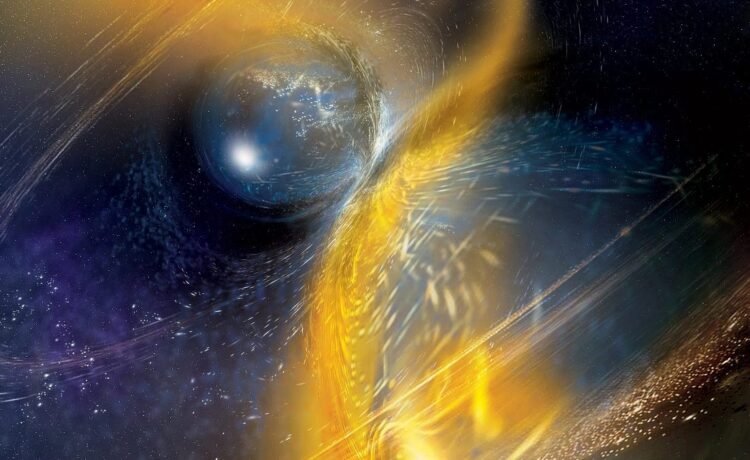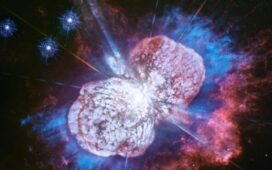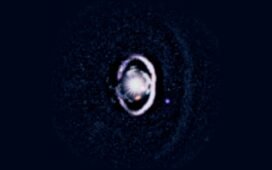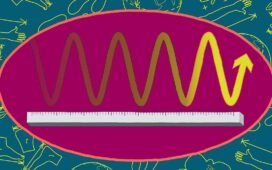In 2017, a kilonova sent light and gravitational waves across the Universe. Here on Earth, there was a 1.7 second signal arrival delay. Why?
There’s an important rule in relativity that — as far as we know — all objects must obey. If you have no rest mass as you travel through the vacuum of space, you absolutely are compelled to travel exactly at the speed of light. This is exactly true for all massless particles, like photons and gluons, approximately true for particles whose mass is tiny compared to their kinetic energy, like neutrinos, and should also be exactly true for the massless ripples in spacetime created by purely gravitational effects: gravitational waves. Irrespective of whether gravity itself is inherently quantum in nature, the speed of gravity must be exactly equal to the speed of light. At least, that’s a necessity if we assume that our current laws of physics are correct.
And yet, when we saw the first neutron star-neutron star merger in both gravitational waves and with light, from an event that occurred some 130 million light-years away, the gravitational waves arrived first by a substantial, measurable margin: by almost 2 seconds. What’s the explanation? Even though the signal originated…















